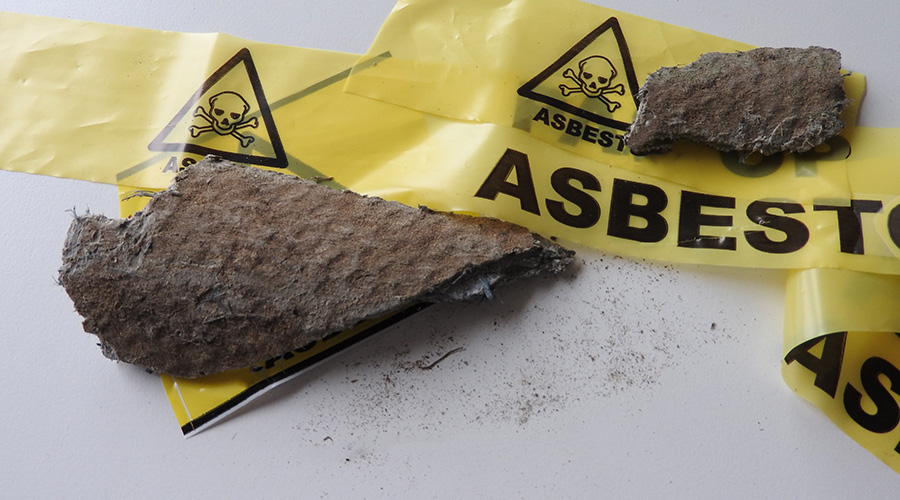Nation’s Infrastructure Still Failing
The country’s infrastructure has received a dismal progress report from the American Society of Civil Engineers (ASCE). The organization’s 2003 Progress Report for America's Infrastructure examines trends affecting 12 categories of infrastructure, which the ASCE initially graded in its 2001 Report Card for America’s Infrastructure.
“The condition of our nation's roads, bridges, drinking water systems and other public works have shown little improvement since they were graded an overall D+ in 2001, with some areas sliding toward failing grades,” according to the 2003 report.
In 2001, the organization recommended $1.3 trillion in public investment to bring conditions to acceptable levels. The progress report, however, claims grades for all categories either remained stagnant or fell, based on: the condition and performance of existing infrastructure; capacity compared to need; and funding compared to need.
The nation’s schools received the lowest grade — a D- — based on this assessment:
“Due to aging, outdated facilities, severe overcrowding, or new mandated class sizes, 75 percent of our nation’s school buildings remain inadequate to meet the needs of school children ... While school construction spending has increased, the cost to remedy the situation remains more than $127 billion.”
Energy systems received a D+. The report notes that “over the last two decades, transmission investment has decreased by $115 million a year, dropping from $5 billion annually in 1975 to $2 billion in 2000. The electric transmission line grid capacity has not been upgraded to meet growth demands ... More than 10,000 MW of capacity will have to be added each year until 2008 to keep up with the 1.8 percent annual growth in demand.”
Hazardous materials programs also received a D+, as brownfields redevelopment and Superfund site clean-up are outpaced by the ongoing discovery of contaminated sites.
View the progress report.
NEMA: New Guidance on Exit Signs, Motors
The National Electrical Manufacturers Association (NEMA) has released “EM 1-2002, Exit Sign Visibility Testing and Requirements for Safety,” a standard designed to promote safe egress from buildings by establishing visibility testing procedures and requirements for exit signs.
The standard is based on the best available objective research by the National Institute of Standards and Technology and the Lighting Research Center, plus independent testing by CSA International.
NEMA also has released “General Specification for Consultants, Industrial and Municipal: NEMA Premium™ Efficiency Electric Motors (600 Volts or Less),” a specification to help buyers and system designers choose NEMA Premium motors.
The NEMA Premium energy-efficient-motors program, established by member companies of the NEMA motor and generator section, recognizes energy-efficient products based on a consensus definition of “premium efficiency” with the use of the NEMA Premium logo.
More information.
IAQ Tool Targets School Construction
The U.S. Environmental Protection Agency (EPA) has launched a new indoor air quality (IAQ) information site, IAQ Design Tools for Schools.
The site contains tools and recommendations to help communities and design professionals integrate good indoor-air quality practices into the design, construction, renovation, and operation of K-12 schools.
Related Topics:










